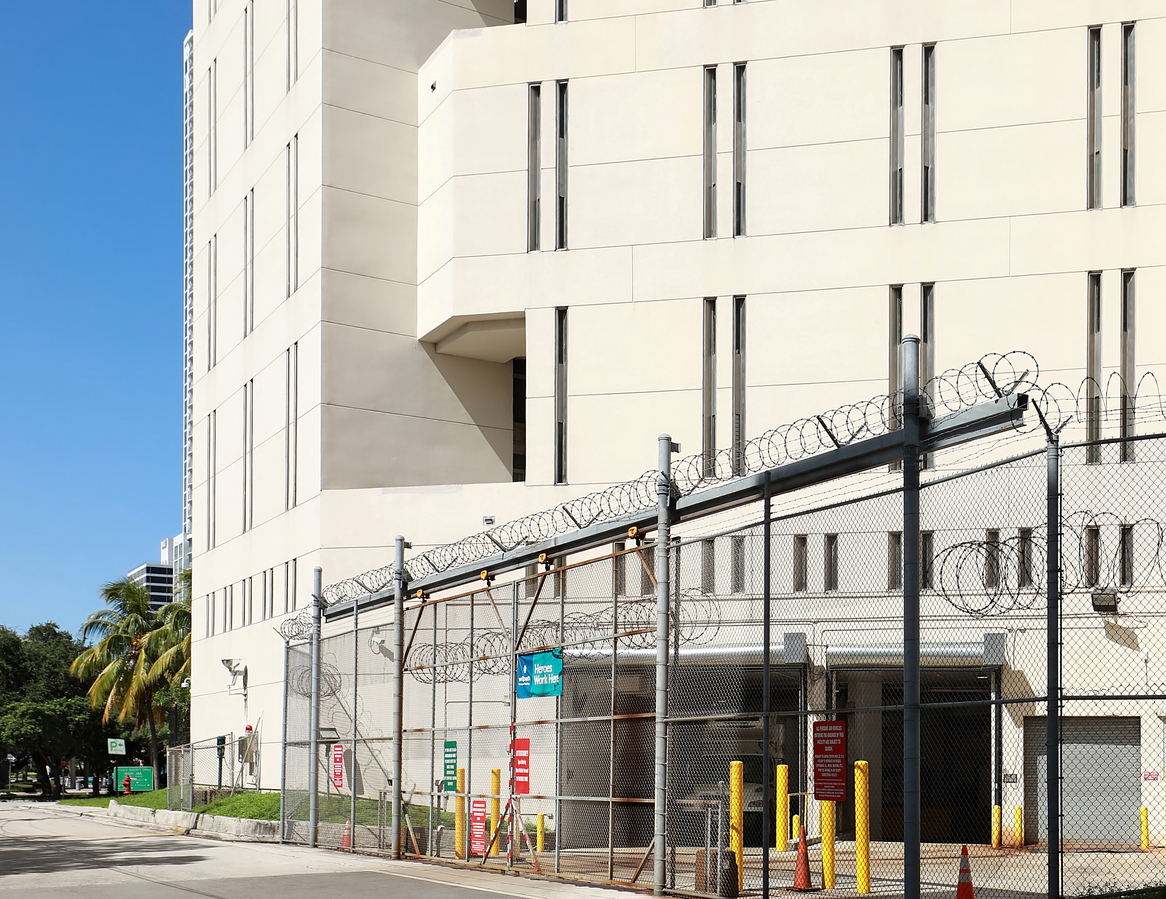The federal Bureau of Prisons (BOP) began its Residential Drug Abuse Program (RDAP) in 1989. RDAP is the only BOP program through which people serving federal time can earn a sentence reduction. It is authorized by 18 U.S.C.§ 3621(e)(2)(B).
RDAP is a multi-step program. It rewards eligible participants who successfully complete the program with up to a one-year sentence reduction. Also, RDAP graduates can receive a six-month placement in a halfway house or home confinement before the end of their prison sentence. This transitional halfway house or home confinement time — which RDAP graduates need in order to complete follow-up treatment in the community — is why many people refer to the “time off” from RDAP as “18 months.”
To receive a one-year sentence reduction, participants must be serving a sentence of at least 37 months. Those serving a sentence between 31 to 36 months are eligible for up to a nine-month sentence reduction. Participants serving a sentence of fewer than 31 months are eligible for a sentence reduction of up to six months.
To complete RDAP, participants complete 500 hours of comprehensive substance abuse treatment in a residential setting. They receive individualized treatment plans to complete in three treatment phases under the direct supervision of a Drug Treatment Specialist (DTS). RDAP participants are typically housed together in the same unit or dorm.

Who is eligible for the Residential Drug Abuse Program?
To participate, you must
- have 24 months or more remaining on your sentence,
- be serving a sentence for a nonviolent offense,
- have a verifiable, documented pattern of substance abuse or dependence during the year before your arrest on the current offense,
- have no severe mental or cognitive impairment that prevents full program participation and
- be eligible for a halfway house (which makes non-U.S. citizens subject to deportation ineligible).
If you meet those requirements, you should be eligible for RDAP.
What is a “Verifiable, Documented Substance Abuse Problem” for RDAP?
To confirm a person’s history of substance abuse, RDAP staff review the Presentence Investigation Report (PSIR) prepared by the probation department, which covers substance abuse. If a defendant disclosed substance abuse when interviewed by probation, that information would be in their PSIR.
Unfortunately, many people going through the criminal justice process decide not to disclose their history of substance abuse to the court and probation officers. They fear that officials will view it negatively at sentencing. They later realize that disclosing their drug problem would have been beneficial for qualifying for RDAP.
Luckily, when the PSIR is missing a history of substance abuse, people can submit verification documentation from a former probation officer or a substance abuse treatment provider instead. (Note that multiple DUI convictions or driving while intoxicated in the five years before the most recent arrest shows eligibility for RDAP by itself.) Medical staff at the prison may also document evidence of addiction.
People who submit proper substance abuse documentation through the PSIR or otherwise will then sit for an interview with RDAP staff (usually the RDAP Coordinator) at the prison. RDAP staff, which usually operates under the Psychology Department, confirms each candidate’s substance abuse diagnosis following the American Psychiatric Association’s Diagnostic and Statistical Manual.
For the most current list of BOP facilities that offer RDAP, visit the BOP website.

Who is excluded from the Residential Drug Abuse Program?
The following categories of people are not eligible for RDAP:
- INS detainees,
- pretrial inmates,
- people who are boarding at a federal prison under contract (such as District of Columbia, state or military detainees) and
- those with detainers that preclude halfway house placement.
This post is the first of a series discussing drug education in the BOP and the RDAP program.






